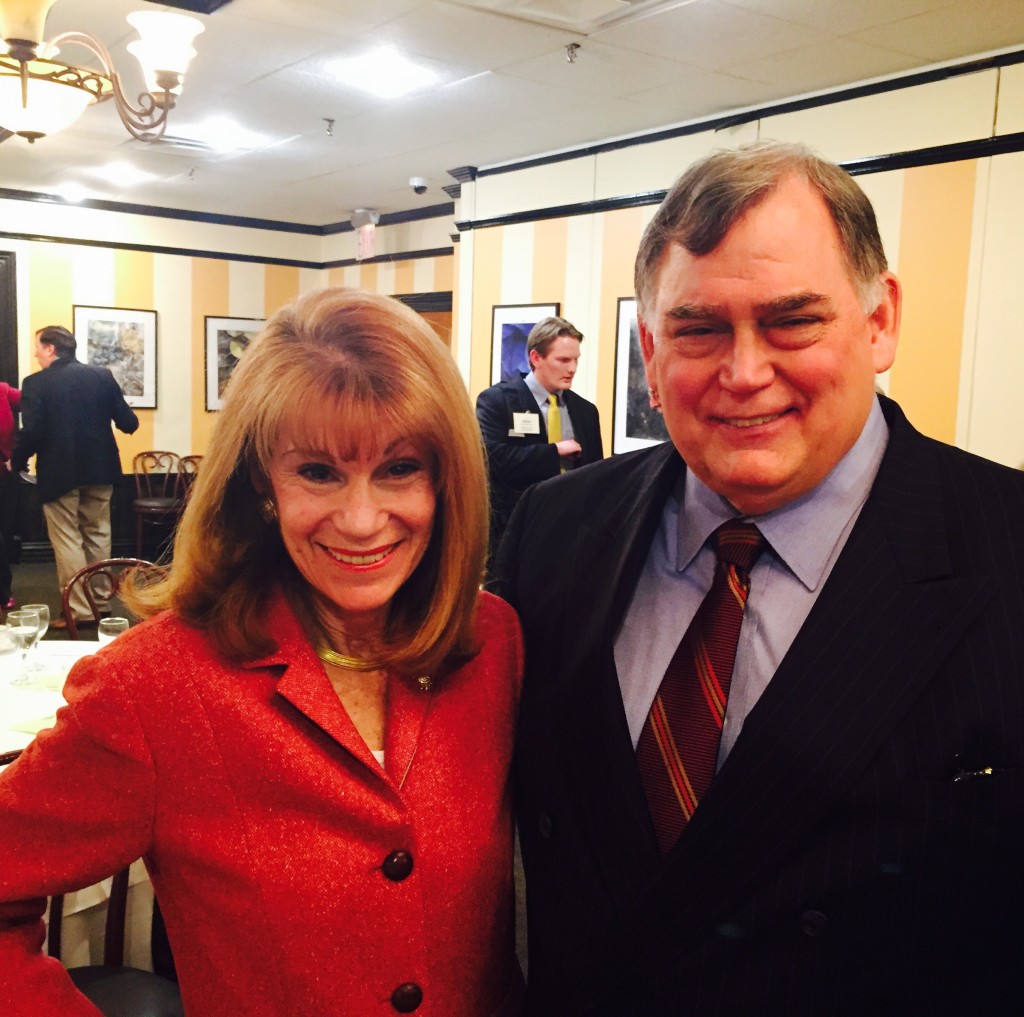MANAGING CHANGE: A RETAIL MARKETING SOCIETY PRESENTATION FEATURING KEN HICKS


There are few people in the industry with a resume as impressive as Ken Hicks, an Army captain and Harvard MBA who started his career at May Company and ultimately became chief merchant at HSN, president of Payless, president of JCPenney, and president/CEO/Chairman of Foot Locker. With a quick sense of humor and uncommon-common sense, Hicks touched upon many issues confronting retailers in this fast-changing era.
Focusing on fashion change, Hicks spoke about three different kinds: fads, cycles and trends. “Fads are hot for a brief period of time, cycles go up or down repeatedly, and trends can go on and on. The trick is to read them correctly and respond accordingly, which takes both instinct and experience…”
He gave two examples of fads: toning shoes (purported to re-shape female posteriors; the fad lasted only a year until women realized their butts looked pretty much the same before and after) and the Berlin Wall (pieces of which sold at JCPenney at ten bucks a pop to the tune of $30 million worth in about six weeks). “But when we went back to reorder, I think we were getting pieces of the Texas turnpike rather than the Berlin Wall… And by then, the fad was over.”

How can you determine the length of fads, cycles or trends? “If you live long enough, you know…” he quipped, stressing the value of experience. Women’s boots, for example, cycle up and down every three to five years: women buy a lot when they’re in style, then don’t need them for a few years, then they buy more when the old ones wear out or when new styles appear.
“With any cycle, you have to plan for the in and out, and not over-invest,” he explains. “You must respond to cycles, you can’t risk missing the trend, but you need to be flexible. For example, women’s boots can be 30 percent of the shoe business in an up year or 10 percent in a down year. This can make or break you.”
Asked if “athleisure” is a fad, a trend or a cycle, Hicks believes it’s a trend. “Trends are driven by culture and lifestyle, not just fashion,” he insists. “And casualization is a definite lifestyle trend. Even the most casually dressed guys in the audience today would be overdressed at a future luncheon. Many young people have never worn shoes, only sneakers. And why should they? It’s now about comfort and a healthy lifestyle. (Although I sometimes wonder about those guys who wear active apparel 24/7. I guess they never know when they’re going to need to stop what they’re doing and run into a gym.)”
A final tip from this foremost retail expert: you can’t have your finger on the pulse of change if you spend your life in the office. Get out there and see what’s going on, watch Game of Thrones, check out college campuses, talk to your customers, use fashion services. Use your brain but also use your gut.


